Movies often bring characters to life who evoke strong reactions, whether through love, hate, or a complex mix of both. The following list dives into 25 of the most polarizing characters in movie history.
Each character has left a significant mark on audiences, inspiring debates and discussions that continue to this day. From iconic villains to flawed heroes, these characters challenge our perceptions and provoke thought.
Explore this collection to understand what makes these characters so divisive and how they’ve impacted the cinematic world. Join us on this journey through the most controversial characters on screen.
Joker (Heath Ledger) from “The Dark Knight”
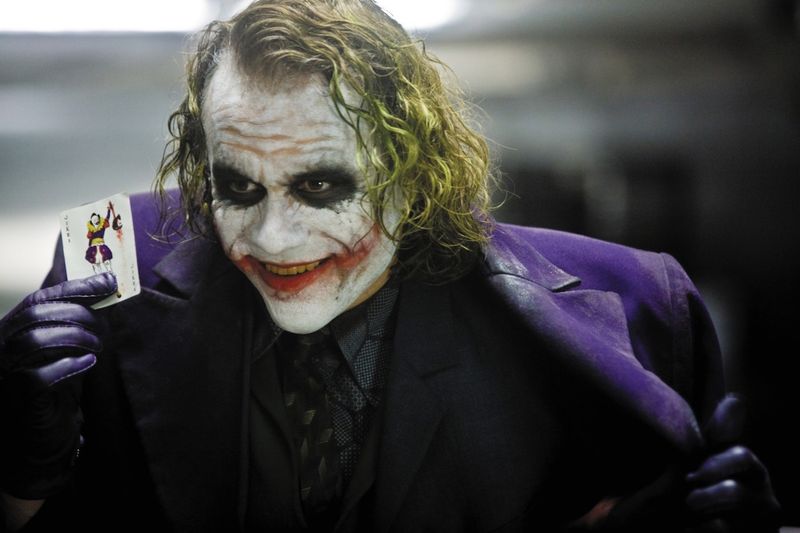
Heath Ledger’s portrayal of the Joker in “The Dark Knight” is unforgettable and chilling. This character embodies chaos and unpredictability, leaving audiences both thrilled and unnerved.
Ledger’s commitment to the role was profound, earning him a posthumous Academy Award. The Joker’s anarchistic philosophy challenges Batman’s moral code, creating an intense dynamic that captivates viewers.
His maniacal laughter and haunting lines make him a fascinating figure. Some see him as a villain, others as a tragic figure, misunderstood and driven by a warped sense of justice.
Ledger’s Joker remains a cinematic icon.
Tyler Durden (Brad Pitt) from “Fight Club”
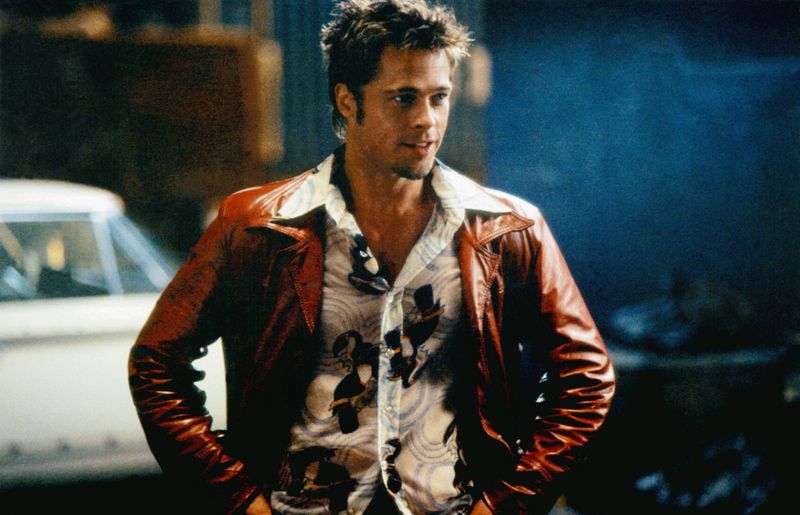
Tyler Durden, portrayed by Brad Pitt, is the charismatic and anarchistic figure in “Fight Club. ” His philosophy challenges consumer culture, resonating with those seeking freedom from societal constraints.
Durden’s unpredictable nature is both liberating and frightening. The character’s influence grows as he orchestrates chaotic events, blurring the line between reality and madness.
His relationship with the protagonist is a journey of self-discovery, leading to unexpected revelations. Tyler Durden embodies rebellion, leaving audiences questioning identity and purpose.
He remains a symbol of defiance and introspection in modern cinema.
Hannibal Lecter (Anthony Hopkins) from “The Silence of the Lambs”
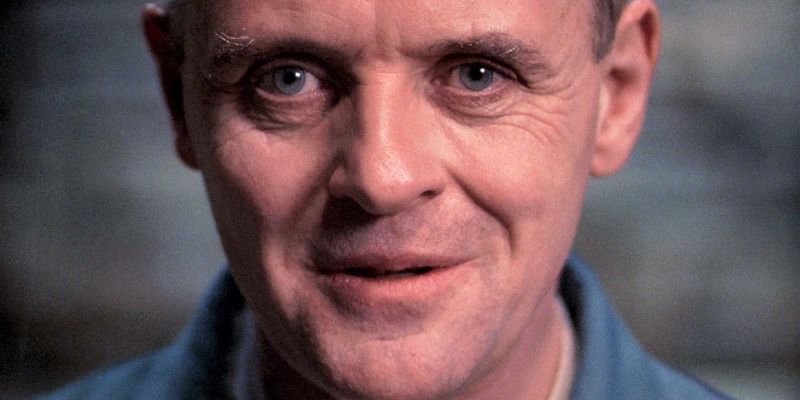
Hannibal Lecter, played by Anthony Hopkins in “The Silence of the Lambs,” redefines the concept of a villain. His sophisticated charm combined with a terrifying intellect makes him both appealing and repulsive.
Lecter’s dialogues are as sharp as his culinary skills, engaging audiences with every word. The chilling calm with which he discusses his gruesome acts adds to his disturbing allure.
His relationship with Clarice Starling is complex, filled with psychological intrigue and tension. Lecter is a character who fascinates and horrifies, leaving an indelible mark on cinematic history.
Jules Winnfield (Samuel L. Jackson) from “Pulp Fiction”
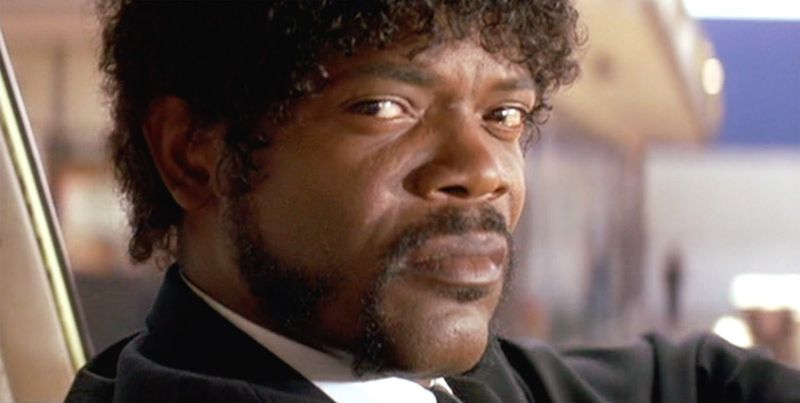
Jules Winnfield, played by Samuel L. Jackson in “Pulp Fiction,” is a character of complexity and transformation.
His philosophical musings and intense demeanor create a captivating presence. Jules’ journey from a hitman to a contemplative figure is marked by moments of humor and introspection.
Jackson’s performance brings charisma and depth to a character navigating moral dilemmas. The infamous “Ezekiel” speech remains a highlight, showcasing his powerful presence.
Jules Winnfield represents the struggle for redemption and purpose, leaving a lasting impression on audiences and pop culture.
Vito Corleone (Marlon Brando) from “The Godfather”

Vito Corleone, the patriarch in “The Godfather,” is a figure of power and respect. Marlon Brando’s portrayal captures the complexity of a man who balances family loyalty with criminal undertakings.
His calm demeanor and wise counsel are juxtaposed against the violent world he navigates. Corleone’s influence extends beyond his family, shaping the future of the crime syndicate.
His moral code and strategic mind make him both a revered leader and a feared adversary. Vito Corleone symbolizes the duality of honor and corruption, a timeless character in cinematic history.
Jack Torrance (Jack Nicholson) from “The Shining”

Jack Nicholson’s portrayal of Jack Torrance in “The Shining” is a descent into madness. The character’s transformation from a struggling writer to a deranged figure is both terrifying and tragic.
Nicholson’s intense performance captures this unraveling with alarming precision. The isolation of the Overlook Hotel amplifies Torrance’s psychological breakdown, creating a chilling atmosphere.
His interactions with the supernatural elements add layers of complexity to his character. Jack Torrance remains a haunting figure in horror cinema, embodying the destructive potential within us when pushed to the brink.
Darth Vader (David Prowse, voice by James Earl Jones) from “Star Wars”

Darth Vader, one of the most iconic figures in “Star Wars,” is emblematic of power, redemption, and tragedy. His imposing presence and deep, resonant voice command attention and instill fear.
Yet, beneath the armor lies a complex character torn by inner conflict. Vader’s journey from a promising Jedi to a Sith Lord embodies themes of loss and redemption.
His relationship with his son, Luke Skywalker, adds depth to his character, revealing a glimmer of humanity. Darth Vader’s legacy endures, symbolizing the eternal struggle between good and evil.
Scarlett O’Hara (Vivien Leigh) from “Gone with the Wind”

Scarlett O’Hara, played by Vivien Leigh, is an enduring figure in “Gone with the Wind. ” Her tenacity and determination make her both admirable and controversial.
Scarlett’s journey through love, loss, and survival is marked by her unyielding spirit. Her manipulative and self-centered nature often clashes with her vulnerability, creating a dynamic character that fascinates audiences.
Scarlett’s resilience in the face of adversity is both her strength and flaw. As a symbol of survival and ambition, Scarlett O’Hara remains a complex and polarizing figure in film history.
Gollum (Andy Serkis) from “The Lord of the Rings”
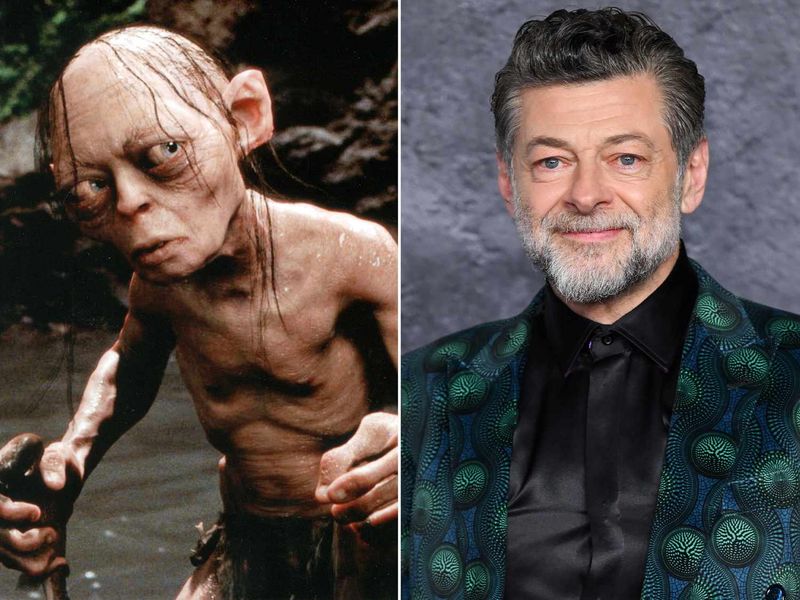
Gollum, brought to life by Andy Serkis, is a poignant character in “The Lord of the Rings. ” His dual personality, torn between Gollum and Sméagol, creates a captivating internal conflict.
This schizophrenic dialogue reveals the tragic depth of his character. Gollum’s obsession with the One Ring drives his actions, leading to moments of betrayal and sympathy.
His interactions with Frodo and Sam are tension-filled, highlighting his unpredictable nature. As both a villain and victim, Gollum embodies the corrupting power of greed, leaving an indelible mark on fantasy cinema.
Travis Bickle (Robert De Niro) from “Taxi Driver”

Travis Bickle, portrayed by Robert De Niro in “Taxi Driver,” is a complex character driven by loneliness and disillusionment. His descent into vigilantism reflects his struggle with an unforgiving urban environment.
Bickle’s internal monologues offer insight into his tormented psyche. His isolation fuels his transformation into a self-appointed savior, leading to violent confrontations.
The character’s moral ambiguity challenges viewers’ perceptions of heroism and madness. Travis Bickle remains a cautionary figure, reflecting the impact of alienation and the search for meaning in a chaotic world.
Norman Bates (Anthony Perkins) from “Psycho”

Norman Bates, played by Anthony Perkins in “Psycho,” is a chilling embodiment of duality and psychological horror. His outward charm masks a deeply disturbed inner world, shaped by an oppressive maternal presence.
Bates’ character blurs the lines between sanity and madness. The infamous shower scene is a testament to his fractured identity, leaving audiences both horrified and intrigued.
His interactions reveal a vulnerability that complicates his monstrous actions. Norman Bates remains an iconic figure in horror, exemplifying the dark complexities of human nature and inner turmoil.
Severus Snape (Alan Rickman) from “Harry Potter”
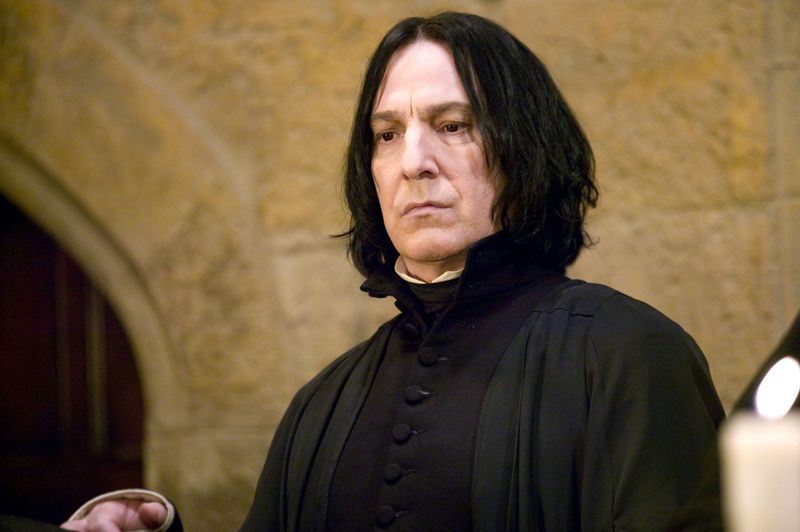
Severus Snape, portrayed by Alan Rickman, is a character of mystery and depth in the “Harry Potter” series. His stern demeanor and ambiguous loyalties intrigue and frustrate audiences throughout the series.
Snape’s complex relationships with other characters reveal layers of his past. The revelation of his true motivations adds a poignant twist to his narrative, transforming him from a perceived antagonist to a tragic hero.
His love for Lily Potter drives his actions, adding emotional weight to his character. Snape’s legacy endures as a symbol of sacrifice and redemption in the wizarding world.
Regina George (Rachel McAdams) from “Mean Girls”

Regina George, the queen bee in “Mean Girls,” is a character both feared and admired. Rachel McAdams brings to life her charisma and manipulative skills, making Regina an unforgettable figure in teen cinema.
Her dominance over her peers highlights the complexities of high school dynamics. Regina’s cunning tactics and biting remarks create a character that audiences love to hate.
Yet, beneath her ruthless exterior lies vulnerability, adding depth to her persona. As a cultural archetype of the “mean girl,” Regina George remains a symbol of teenage ambition and rivalry.
Alex DeLarge (Malcolm McDowell) from “A Clockwork Orange”

Alex DeLarge, portrayed by Malcolm McDowell in “A Clockwork Orange,” is a character of disturbing charm and violence. His exuberance for chaos and brutality is unsettling, challenging viewers’ moral boundaries.
DeLarge’s journey through state-imposed rehabilitation raises questions about free will. His manipulative nature and charismatic presence create an engaging yet repulsive figure.
The stark contrast between his violent acts and cultured tastes adds to his complexity. Alex DeLarge remains a controversial character, symbolizing the clash between individual freedom and societal control.
Patrick Bateman (Christian Bale) from “American Psycho”
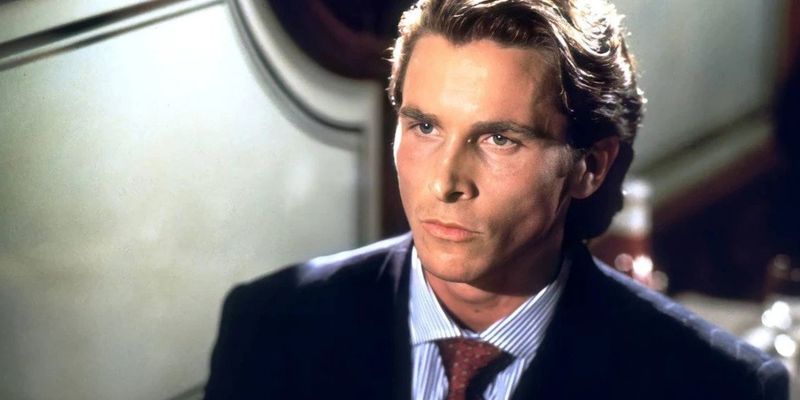
Patrick Bateman, brought to life by Christian Bale in “American Psycho,” is both a charismatic businessman and a sociopathic killer. His double life embodies the excesses of 1980s consumer culture, making him a polarizing figure.
Bateman’s obsession with appearance and status is both fascinating and chilling. The meticulousness of his violent tendencies contrasts with his outwardly successful persona.
Bale’s performance captures the character’s unsettling charm and inner turmoil. Patrick Bateman challenges perceptions of sanity and morality, leaving audiences questioning the boundaries of identity and humanity.
Voldemort (Ralph Fiennes) from “Harry Potter”
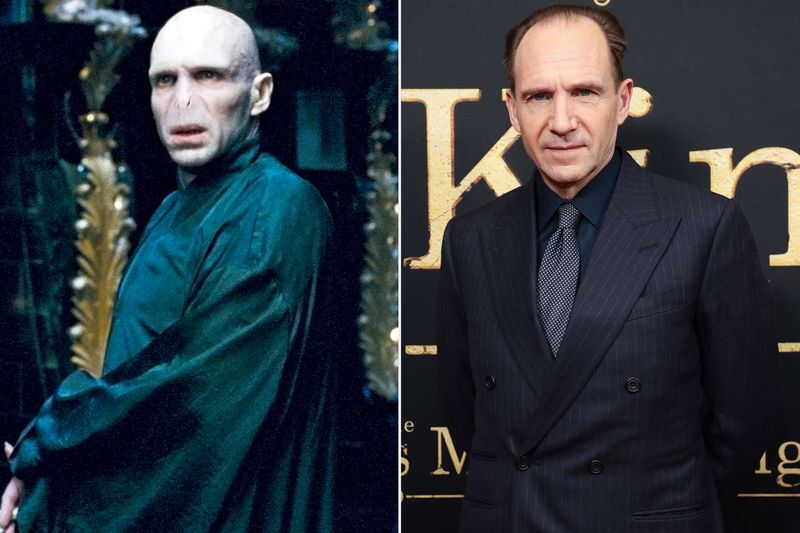
Lord Voldemort, portrayed by Ralph Fiennes, is the quintessential villain in the “Harry Potter” series. His quest for power and immortality drives the central conflict, making him a formidable adversary.
Voldemort’s terrifying presence and disregard for life instill fear in the wizarding world. His complex history and obsession with purity reveal a character shaped by ambition and prejudice.
The fear he instills is matched by the loyalty he commands from his followers. Voldemort remains a symbol of ultimate evil, challenging the forces of good and testing the resilience of those who oppose him.
Michael Corleone (Al Pacino) from “The Godfather”
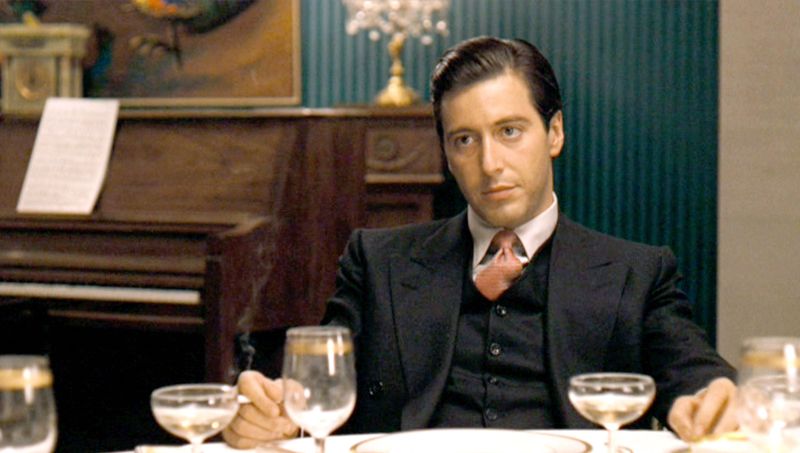
Michael Corleone, played by Al Pacino, is a character whose evolution from war hero to ruthless mob boss defines “The Godfather. ” His transformation is marked by a struggle between familial loyalty and moral decay.
Corleone’s strategic mind and cold demeanor make him a formidable leader. The complexity of his character lies in his internal conflict and ultimate acceptance of his role within the crime family.
Pacino’s performance captures the nuances of a man consumed by power. Michael Corleone embodies the tragic cost of ambition, remaining a pivotal figure in cinematic storytelling.
Clarice Starling (Jodie Foster) from “The Silence of the Lambs”
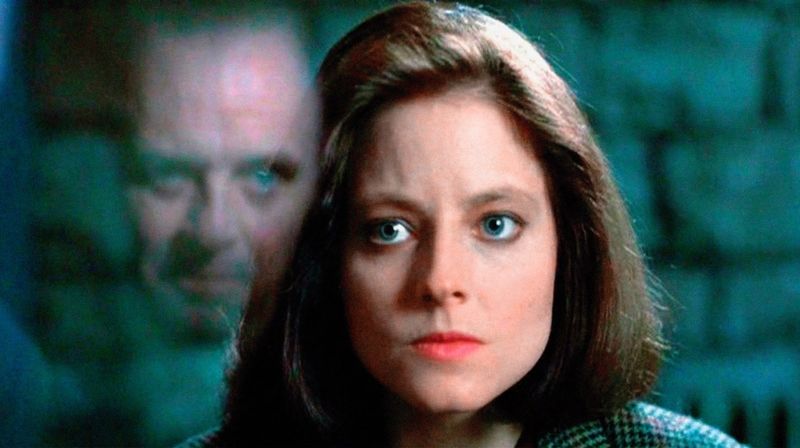
Clarice Starling, portrayed by Jodie Foster, is a character of resilience and determination in “The Silence of the Lambs. ” Her pursuit of justice amidst psychological warfare with Hannibal Lecter highlights her courage and vulnerability.
Starling’s character is defined by her intellect and moral strength. Her interactions with Lecter reveal the complexities of their dynamic, blending fear with fascination.
Foster’s portrayal captures the essence of a woman navigating a male-dominated field. Clarice Starling remains an empowering figure, representing the strength and tenacity needed to confront one’s fears and adversaries.
Neo (Keanu Reeves) from “The Matrix”

Neo, played by Keanu Reeves in “The Matrix,” is the quintessential hero of the digital age. His journey from an ordinary programmer to the savior of humanity is marked by philosophical exploration and thrilling action.
Neo’s character challenges perceptions of reality and identity. The dynamic between Neo and his mentors adds depth to his transformation, highlighting themes of choice and destiny.
Reeves’ portrayal combines stoicism with intensity, creating an iconic figure in sci-fi cinema. Neo’s legacy endures as a symbol of liberation and rebellion against oppressive systems.
The Bride (Uma Thurman) from “Kill Bill”

The Bride, portrayed by Uma Thurman in “Kill Bill,” is a character driven by vengeance and resilience. Her quest for justice after betrayal is both thrilling and emotionally charged.
The Bride’s martial arts prowess and determination make her a formidable force. Thurman’s performance captures the character’s vulnerability and strength, creating a multidimensional figure.
Her journey is marked by intense battles and poignant reflections on loyalty and loss. The Bride remains a symbol of empowerment and determination, challenging the boundaries of traditional female roles in action cinema.
Forrest Gump (Tom Hanks) from “Forrest Gump”

Forrest Gump, played by Tom Hanks, is a character of simplicity and warmth. His journey through pivotal moments in American history is marked by kindness and resilience.
Gump’s outlook on life, characterized by sincerity, resonates with audiences. The character’s interactions with historical figures and events offer a unique perspective on societal change.
Hanks’ portrayal captures the essence of a man who, despite limitations, impacts the world around him. Forrest Gump remains a beloved figure, representing the power of innocence and perseverance in the face of adversity.
Kylo Ren (Adam Driver) from “Star Wars: The Force Awakens”
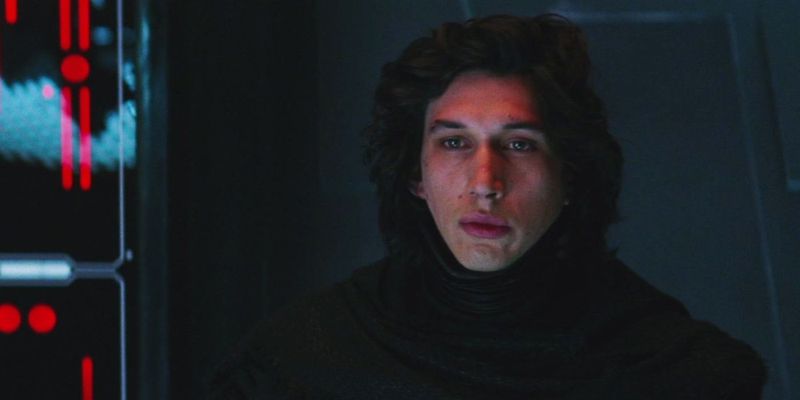
Kylo Ren, portrayed by Adam Driver, is a complex character in “Star Wars: The Force Awakens. ” His internal struggle between light and dark mirrors the legacy of his lineage.
Ren’s volatile nature and powerful presence captivate audiences. The character’s quest for identity and belonging adds depth to his narrative, challenging perceptions of heroism and villainy.
Ren’s interactions with other characters reveal a nuanced portrayal of conflict. Kylo Ren embodies the timeless battle between good and evil, remaining a pivotal figure in the continuation of the Star Wars saga.
T-800 (Arnold Schwarzenegger) from “Terminator 2: Judgment Day”

The T-800, portrayed by Arnold Schwarzenegger, is a character of transformation and redemption in “Terminator 2: Judgment Day. ” Initially a relentless machine, the T-800 evolves into a protector, challenging the notion of humanity.
Schwarzenegger’s portrayal captures the subtle growth of a character learning empathy and sacrifice. The dynamic between the T-800 and John Connor adds emotional depth, highlighting themes of change and destiny.
The T-800 remains an iconic figure in action cinema, symbolizing the potential for change and the enduring battle between technology and humanity.
Tommy DeVito (Joe Pesci) from “Goodfellas”
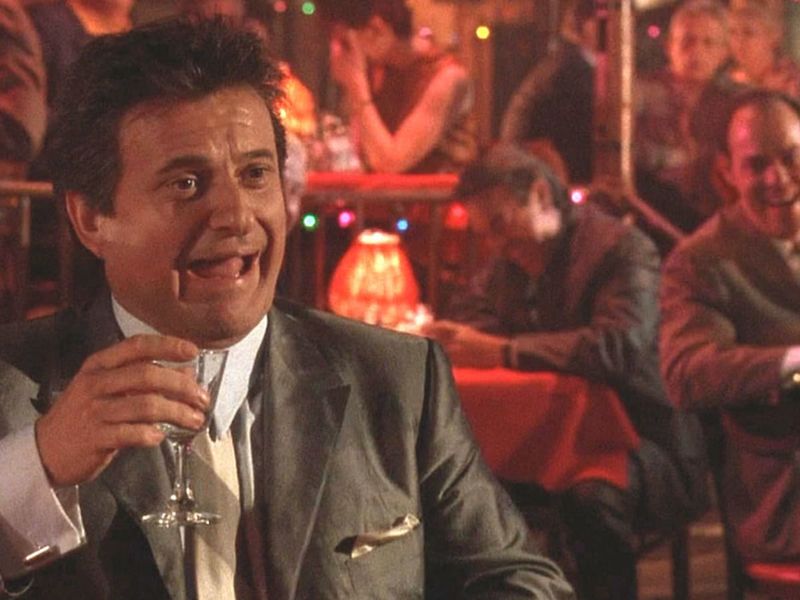
Tommy DeVito, portrayed by Joe Pesci in “Goodfellas,” is a character of volatility and unpredictability. His explosive temper and charisma make him both entertaining and terrifying.
DeVito’s interactions with fellow mobsters highlight the chaotic nature of his world. Pesci’s portrayal captures the essence of a man driven by ambition and insecurity, leading to moments of shocking violence.
The character’s unpredictable nature adds tension and intrigue to the narrative. Tommy DeVito remains a polarizing figure, symbolizing the darker side of ambition and the fragile balance of power in the criminal underworld.
